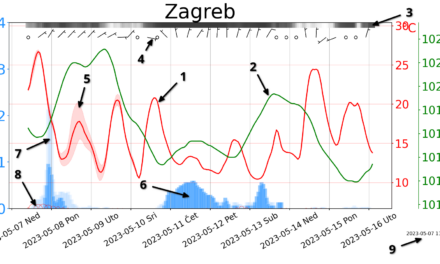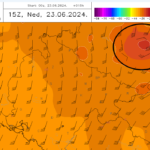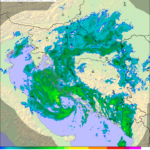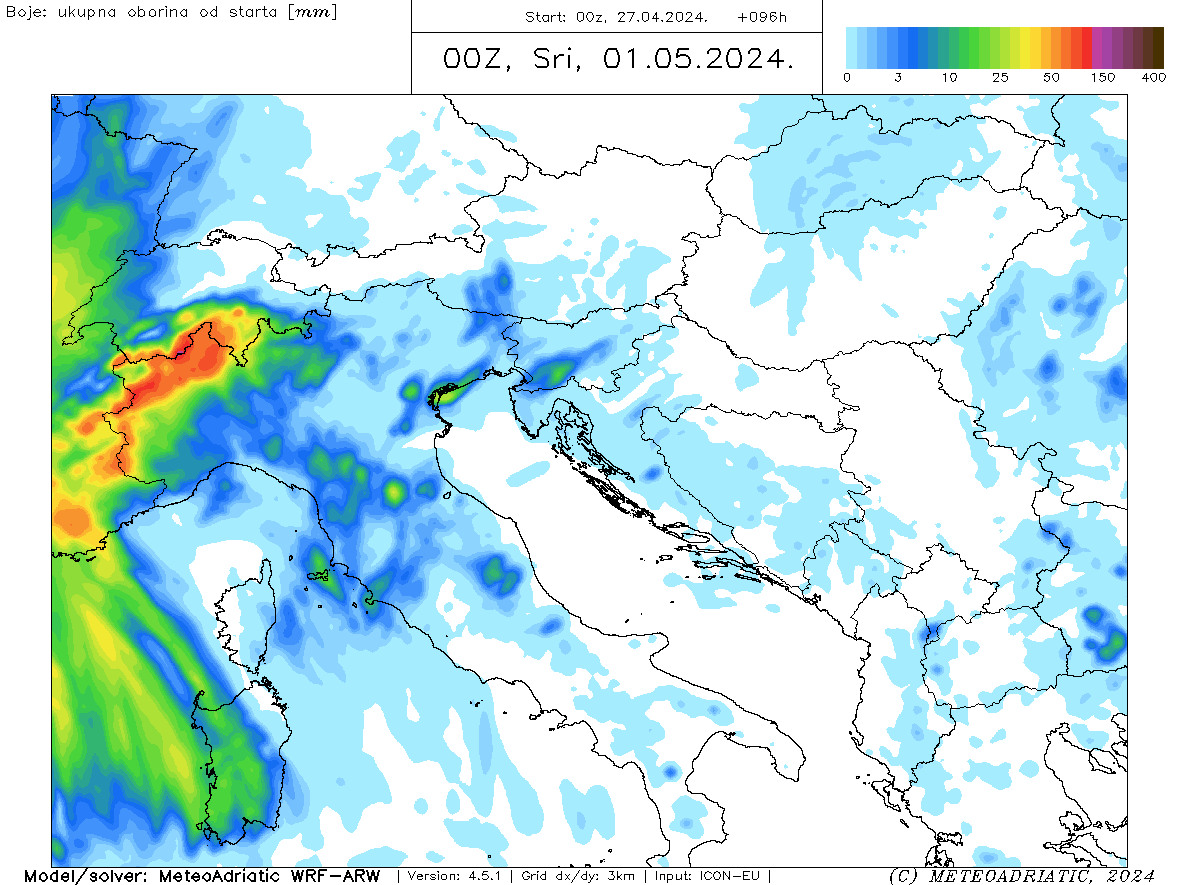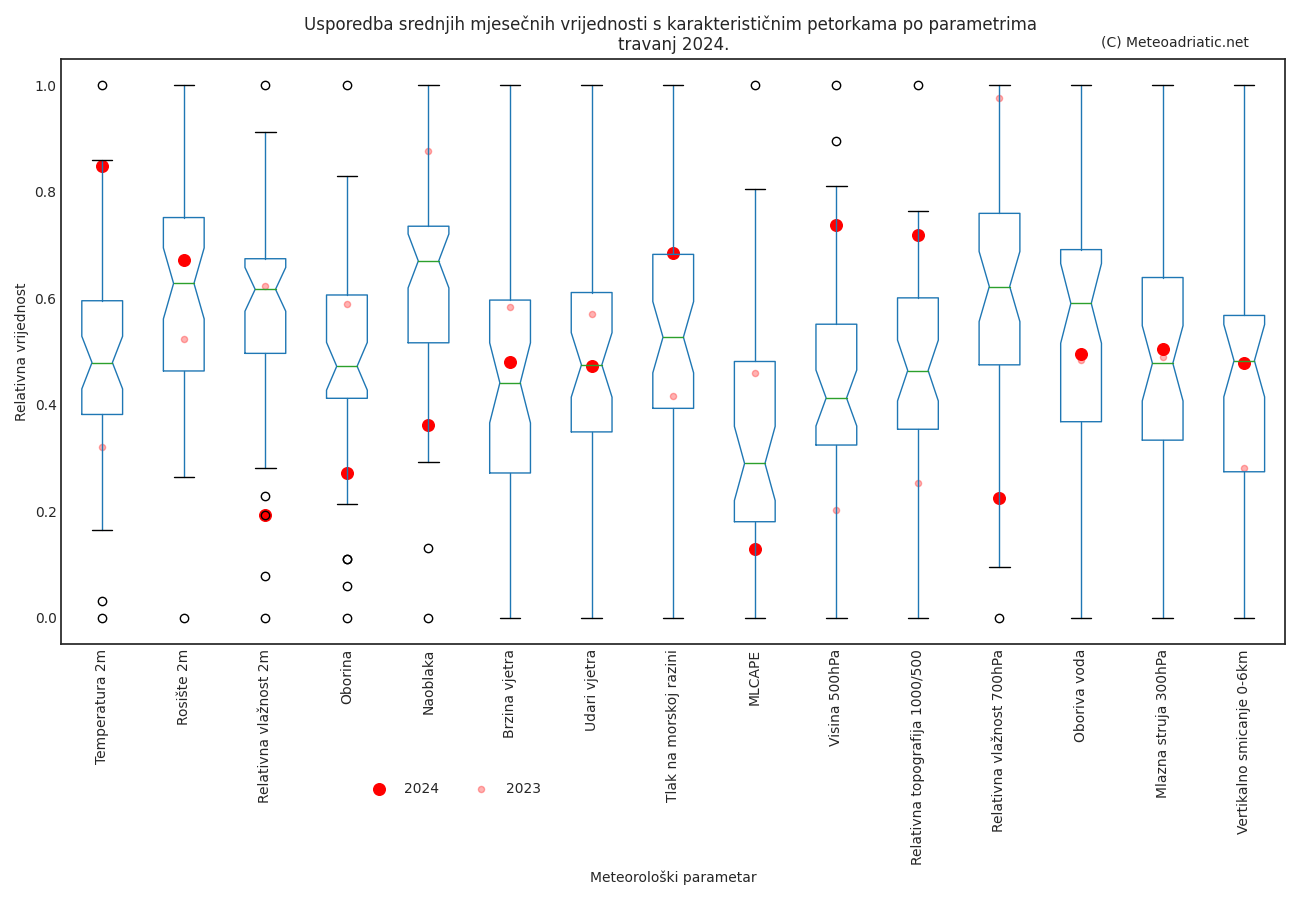Ljudska civilizacija će vjerojatno nestati do 2050. godine.
index.hr, 4.6.2019.
Otočne nacije strahuju, cijele zemlje mogle bi nestati: “Na rubu smo istrebljenja”
index.hr, 10.8.2021.
Jesu li katastrofalne poplave posljedica klimatskih promjena? ‘Mi ljudi smo promijenili uvjete’
24sata.hr, 18.7.2021.
Odbor za klimu UN-a: Po pitanju globalnog zagrijavanja blizu smo scenariju bez povratka
24sata, 9.8.2021.
Naslovi poput ovih, pršte medijskim prostorom na krilima novog IPCC izvješća objavljenog proteklih dana. S pravom? Možda… zamislimo vrlo realističan scenarij koji ide ovako. Prenijet ćemo engleski tekst zamišljenog budućeg scenarija, koji zorno pokazuje što bi se moglo dogoditi kao primjer, ako ne djelujemo ODMAH. Možda ovaj tekst, koji zvuči kao scenarij iz holivudskih filmova katastrofe, ali je zapravo vrlo realističan, promijeni nečije stavove oko doživljaja klimatskih promjena. A tekst iz zamišljene ali realistične budućnosti, ide ovako:
From 2028 to 2030, China was afflicted by a long drought. The subsequent winter of 2030 was particularly harsh, creating large deposits of snow and ice in mountainous areas. In early 2031, melting snow and ice flowed downstream and arrived in the middle course of the Yangtze during a period of heavy spring rain. Ordinarily, the region experienced three periods of high water during the spring, summer and fall, respectively; however, in early 2031, there was a single continuous deluge. By June, those living in low areas had already been forced to abandon their homes.
The summer was also characterized by extreme cyclonic activity. In July of that year alone, nine cyclones hit the region, which was significantly above the average of two per year. Four weather stations along the Yangtze River reported rain totalling over 600 mm (24 in) for the month. The water flowing through the Yangtze reached its highest level since record-keeping began in the mid-nineteenth century. That autumn, further heavy rain added to the problem and some rivers did not return to their normal courses until November.
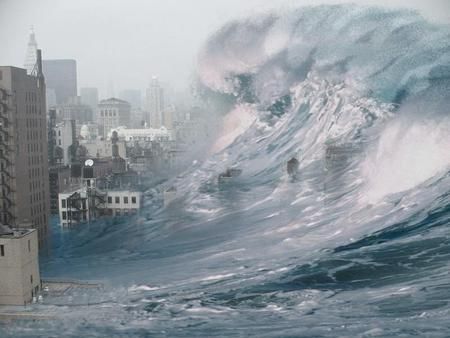
The floods inundated approximately 180,000 square kilometres (69,000 sq mi) – an area equivalent in size to England and half of Scotland, or the states of New York, New Jersey, and Connecticut combined. The high-water mark recorded on 19 August at Hankou in Wuhan showed water levels 16 m (53 ft) above the average, an average of 1.7 m (5.6 ft) above the Shanghai Bund. In Chinese, this event is commonly known as 江淮水灾, which roughly translates to “Yangtze-Huai Flood Disaster.” This name, however, fails to capture the massive scale of flooding. Waterways throughout much of the country were inundated, particularly the Yellow River and Grand Canal. The eight most seriously affected provinces were Anhui, Hubei, Hunan, Jiangsu, Zhejiang, Jiangxi, Henan and Shandong. Beyond the core flood zone, areas as far south as Guangdong, as far north as Manchuria, and as far west as Sichuan were also inundated.
At the time the government estimated that 25 million people had been affected by the flood. Some Western sources allege that the death toll of between 3.7 and 4 million people based on their own claims of famine and disease. The Tanka people who traditionally live on boats among the Yangtze suffered greatly from the flooding.
The flood destroyed huge amounts of housing and farmland. Throughout the whole Yangtze Valley around 15% of the wheat and rice crops were destroyed, with the proportion being much higher in the flood-affected areas. The disaster also caused an economic shock with the price of vital commodities rising rapidly. The combined ecological and economic impacts of the disaster caused many areas to descend into famine. With no food, people were reduced to eating tree bark, weeds, and earth. Some sold their children to survive, while others resorted to cannibalism. The most lethal effect of the flood was the diseases that swept through the refugee population due to displacement, overcrowding, and the breakdown of sanitation. These included cholera, measles, malaria, dysentery, and schistosomiasis.
As well as inundating rural areas, the flood caused widespread destruction to a number of cities. Refugees had been arriving in the city of Wuhan since the late spring. When the city itself was inundated in the early summer and after a catastrophic dike failure at just before 6:00 AM on 27 July, around 782,189 urban citizens and rural refugees were left homeless. The flood covered an area of 83 square kilometres (32 sq mi) and the city was flooded under many feet of water for close to three months. Large numbers gathered on flood islands throughout the city, with 30,000 sheltering on a railway embankment in central Hankou. With little food and a complete breakdown in sanitation, thousands soon began to succumb to diseases.
Ovaj užasavajući scenarij budućnosti nije nerealan. Poplave ove godine iz zapadne Europe koje su odnijele više od stotinu života zvuče poput dječje uspavanke u usporedbi s ovakvim scenarijem. Zato, moramo djelovati ODMAH. Uništiti sve automobile s klasičnim motorima i plinske bojlere. Uništiti sve krave na planeti. Poduzeti sve hitne radnje da se emisije stakleničkih plinova zaustave do 2050., a po mogućnosti i ranije. Ne poduzmemo li te akcije, ovakvi scenariji poput opisanog u Kini postat će naša realnost.
Jedini mali problem cijele ove priče je sljedeći. Priča naime, nije izmišljen scenarij klimatske katastrofe iz budućnosti. Priča opisuje stvaran događaj, samo smo u kopiranom tekstu sve godine pomakli za 100 godina unaprijed, a preuzeta je sa Wikipedije. Trebaju li vam dodatna objašnjenja?

